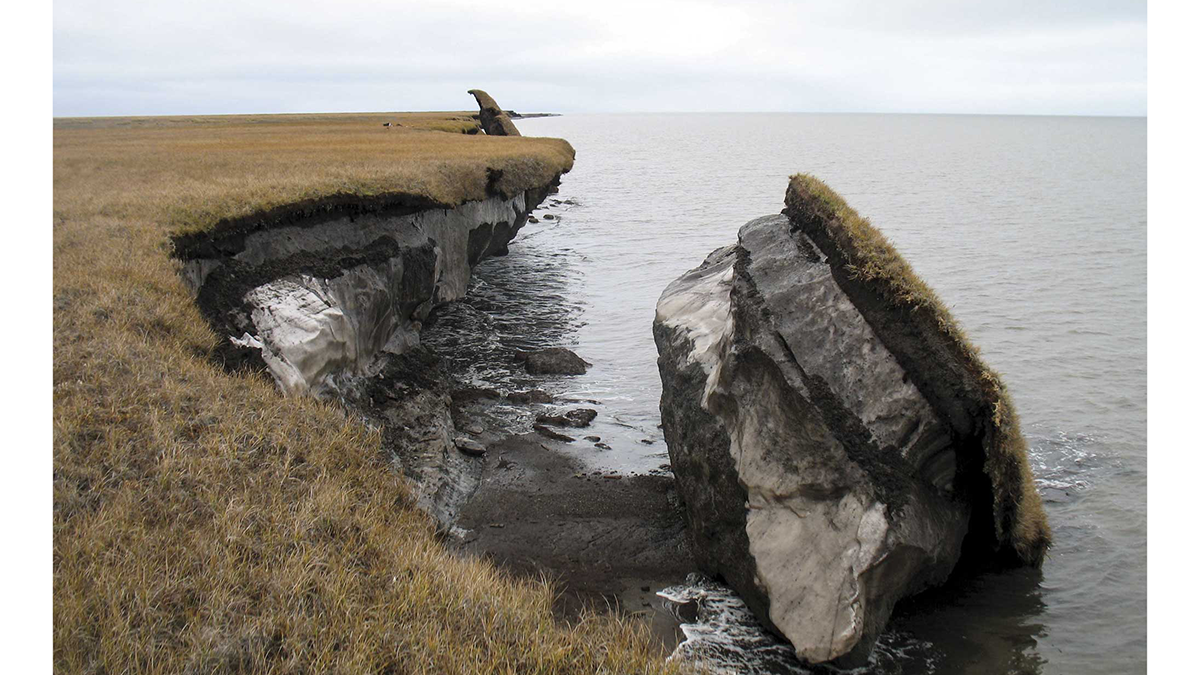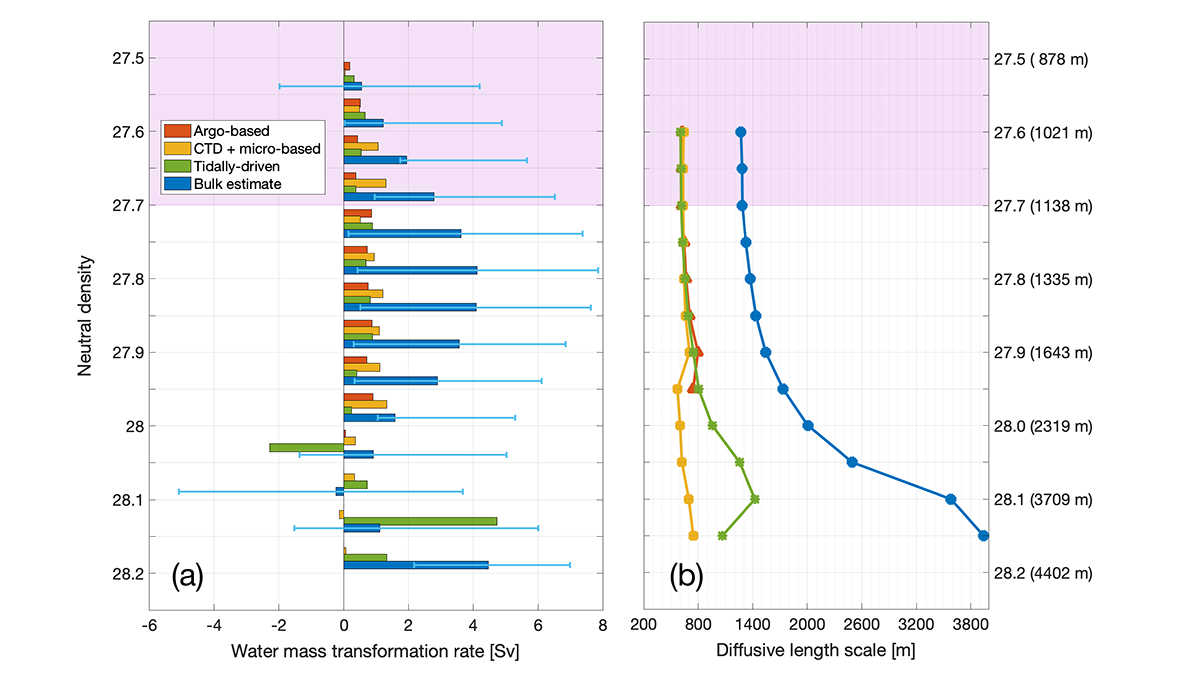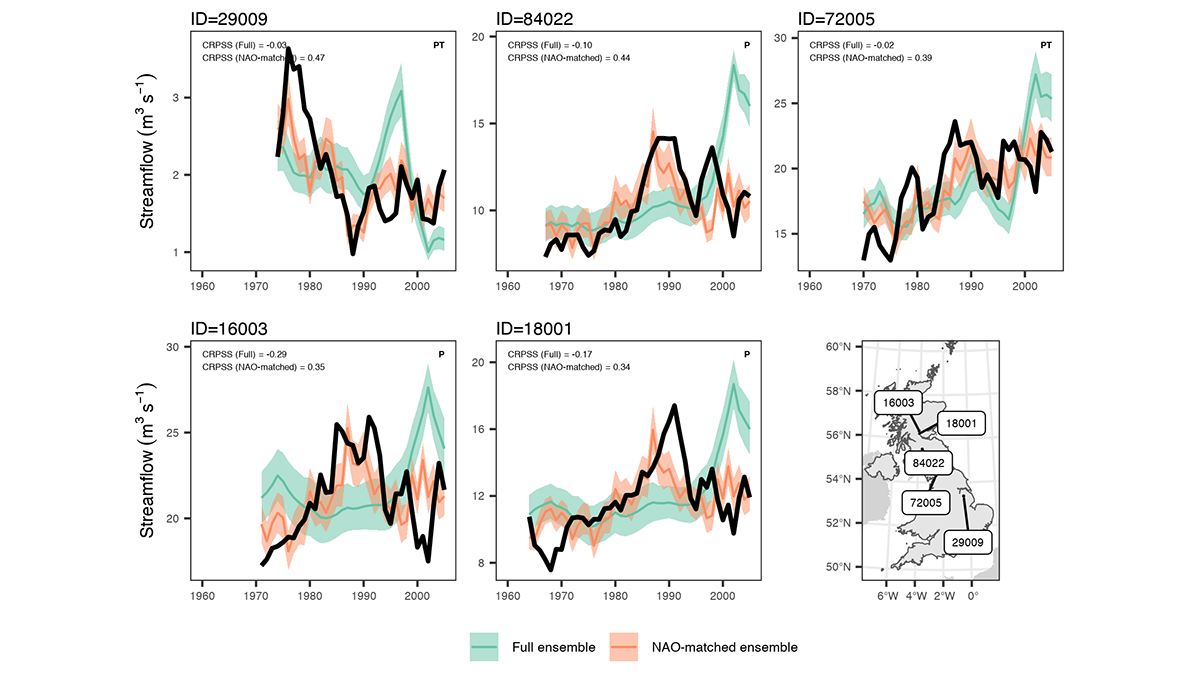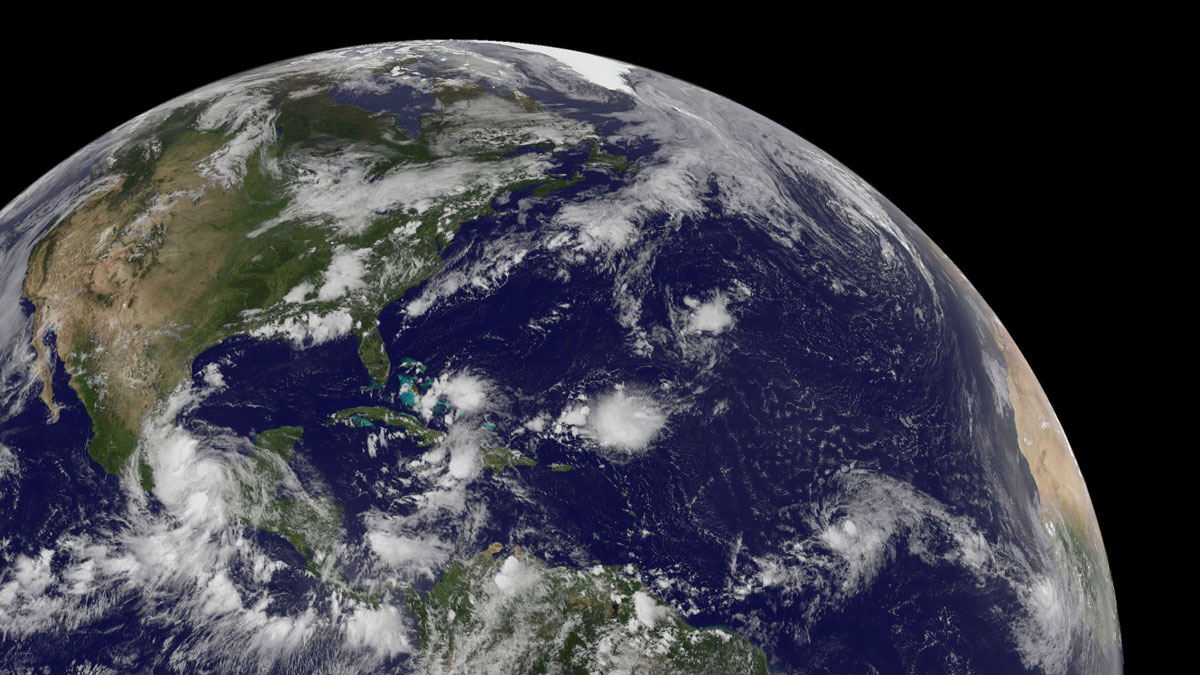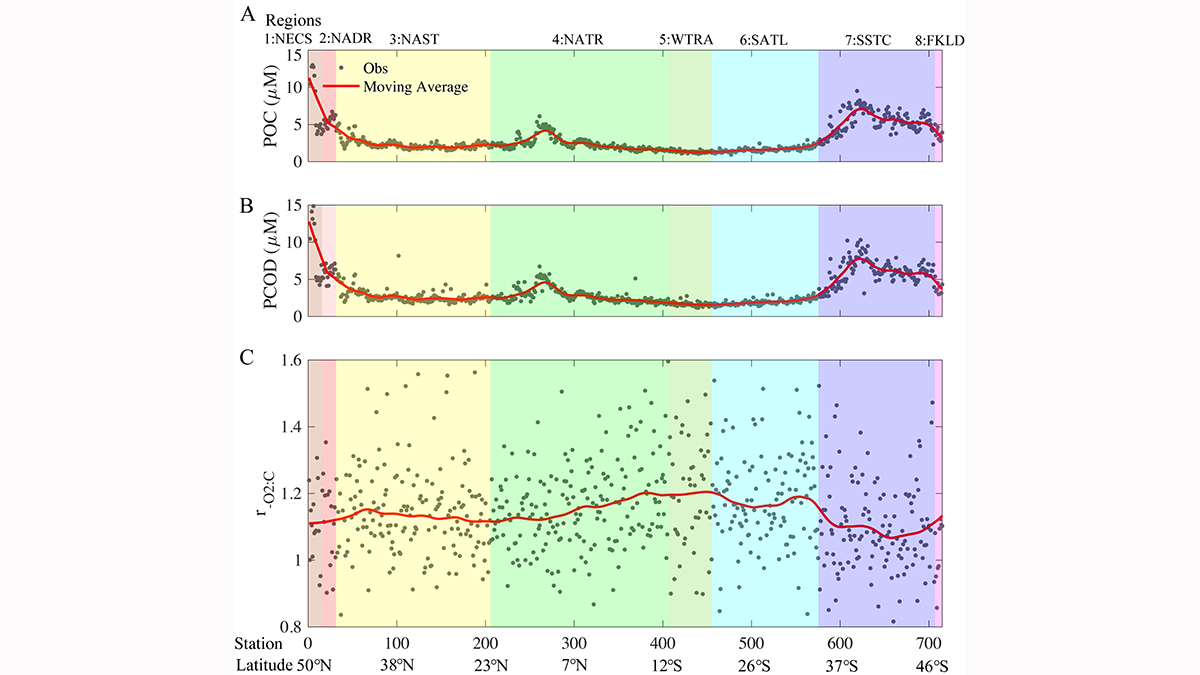Observations of temperature and salinity distributions across the Brazil-Malvinas Confluence reveal the importance of small-scale mixing processes for water mass modification.
Atlantic Ocean
Satellite View of African Easterly Waves and Hurricane Formation
Researchers present a new analysis of surface winds and enthalpy fluxes from satellite retrievals for African easterly waves that intensify into Atlantic hurricanes.
What We Know and Don’t Know About Climate Tipping Elements
As climate change continues, parts of the Earth system such as ice sheets, frozen soils, or the Amazon rainforest could shift—some quickly, some slowly—after crossing key thresholds or tipping points.
Diapycnal Mixing and the Atlantic Ocean Overturning Circulation
Quantitative observation-based estimates highlight the contribution of diapycnal mixing to the Atlantic Meridional Overturning Circulation, water mass formation, and tracer transfers and pathways.
Scotland’s Last Glaciers Cause a Shift in an Old Paradigm
Cosmogenic geochronology of Scotland’s vanished glaciers indicates that the paradigm of weakened North Atlantic currents causing a rapid regional cooling is no longer valid.
Gulf Stream Closes the Valve of the Labrador Current
Virtual particles released in the Labrador Current revealed that the westward penetration of the current into the shelf seas is inhibited by warm core rings emanating from the Gulf Stream.
Predicting Flood Conditions in the Next Few Years
Multiyear flood predictions are possible for watersheds in which the magnitude and frequency of flooding can be related to an atmospheric pressure see-saw in the North Atlantic region.
Linking African Winds to Atlantic Storms
Simulations suggest that waves in the atmosphere above northern Africa influence the intensity, timing, and location of formation of Atlantic tropical cyclones.
Respiration Quotient Variability and Ocean Oxygen Levels
Respiration quotients in the Atlantic and Pacific Oceans reflect different water temperature, nutrient stress and phytoplankton community structure, important for regional carbon and oxygen cycling.



